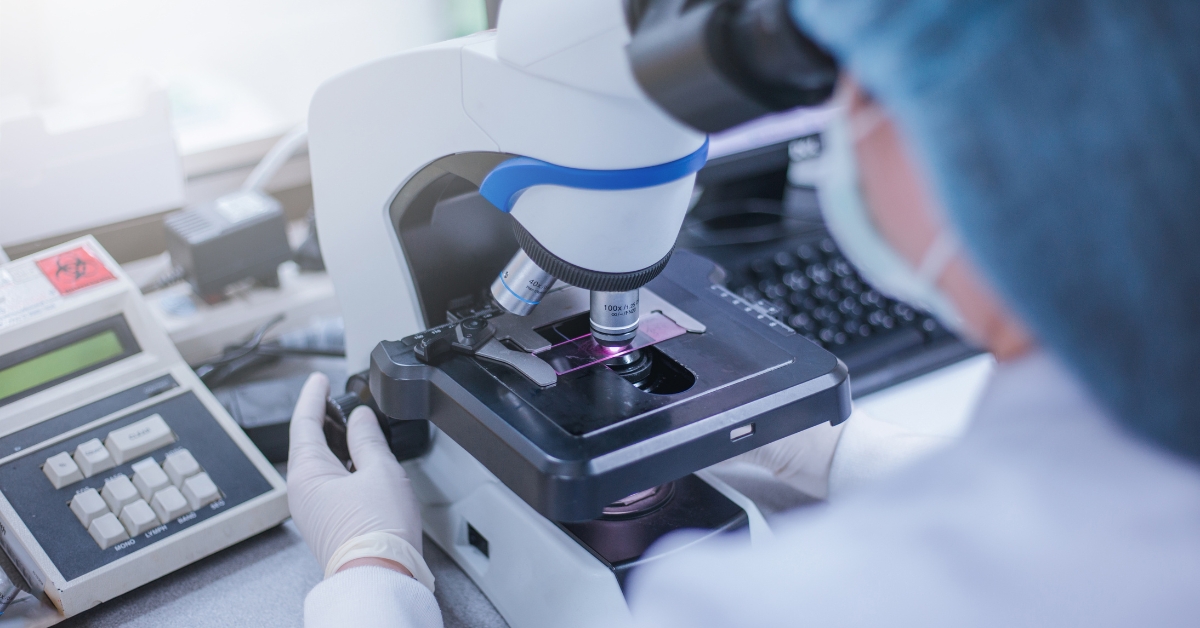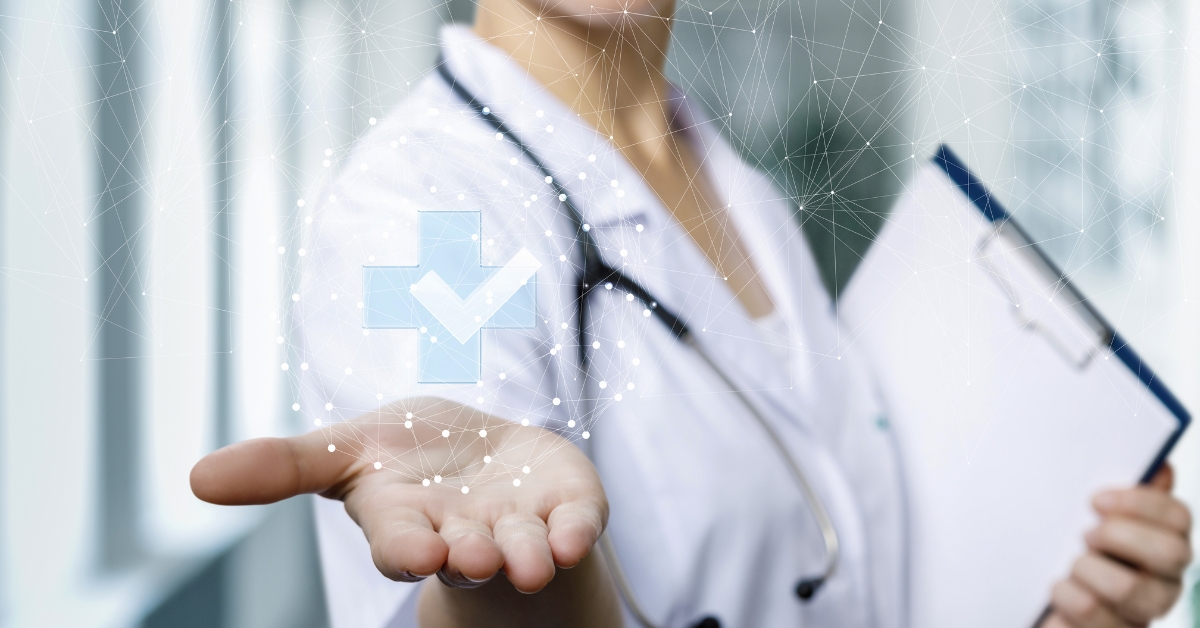The evolution of the medical device and pharmaceutical industry has transformed how healthcare professionals diagnose, treat, and monitor diseases. The integration of artificial intelligence (AI), connected devices, 3D bioprinting, and new pharmaceutical therapies is revolutionizing healthcare, providing more precise, efficient, and personalized solutions.
This transformation not only enhances patient quality of life but also optimizes healthcare workflows, streamlines processes in clinics and hospitals, and enables a more preventive and less reactive approach to disease management.
1. Artificial Intelligence in Diagnosis and Monitoring
AI has enabled significant advancements in medical diagnostics, image interpretation, and patient monitoring. Thanks to advanced algorithms, it is now possible to:
- Analyze medical images with greater accuracy, reducing errors in diagnosing conditions like cancer or neurological disorders.
- Predict and prevent medical crises by monitoring biometric data in real-time.
- Personalize treatments based on individual health patterns, optimizing the effectiveness of medications and medical devices.
The impact of AI in medicine is profound—it is already being used to develop predictive models for diseases, improve access to healthcare in remote areas, and reduce waiting times for complex diagnoses.
2. Connected Devices and Telemedicine
The Internet of Medical Things (IoMT) has transformed how patients and healthcare providers interact. With the expansion of smart medical devices, significant advancements have been achieved, including:
- Remote patient monitoring, reducing the need for frequent in-person visits.
- Automated medication administration, ensuring patients receive the correct doses at the right time.
- Real-time alerts for doctors and family members, notifying them of concerning changes in a patient’s vital signs.
These devices enhance treatment adherence and allow for a more proactive rather than reactive approach to care, reducing the burden on healthcare systems and improving clinical outcomes.
3. 3D Printing and Personalized Prosthetics
3D bioprinting has opened up a new realm of possibilities in medicine. This technology allows for:
- The creation of personalized prosthetics and orthopedic devices, tailored to the patient’s exact anatomy.
- The fabrication of 3D anatomical models, helping surgeons plan procedures with greater precision.
- The exploration of human tissue printing, with the potential to develop bio-printed organs in the future.
The use of this technology has proven essential in improving patient recovery and ensuring a more natural integration of prosthetics and medical devices into the human body.
4. Advances in Pharmaceutical Therapies and Personalized Medicine
The pharmaceutical industry has entered a new era of drug development, where personalization and biotechnology play a key role. Some of the most notable advancements include:
- Gene therapies, allowing for the modification of defective genes to treat genetic diseases.
- Biological drugs, designed to treat autoimmune diseases and cancer more effectively with fewer side effects.
- Tailored medications, based on the patient’s genetic profile, increasing efficacy and reducing adverse reactions.
These advancements have enabled a more precise approach to disease treatment, improving patient quality of life and optimizing treatment responses.
5. Cybersecurity in Medical Devices and Data Protection
With the growing connectivity of medical devices, cybersecurity has become a top priority. Protecting medical data is crucial to prevent cyberattacks and ensure patient privacy.
To address this challenge, several measures have been implemented:
- Advanced encryption protocols, securing patient information.
- Real-time monitoring of medical device security, detecting vulnerabilities before they can be exploited.
- International cybersecurity regulations, establishing strict requirements for medical device manufacturers and providers.
Digital security is now a fundamental part of the design and development of medical devices, ensuring that medical technology remains safe and reliable.
6. Automation in Surgery and Medical Robotics
Surgical robots have significantly improved precision and safety in medical procedures, enabling:
- Minimally invasive surgeries, leading to faster recovery times.
- Greater accuracy in delicate procedures, reducing the margin of error.
- Remote surgeries, where specialists can operate from a distance using advanced interfaces.
These advancements have enhanced surgical outcomes and made complex procedures more successful and accessible.
_
_
7. Regenerative Medicine and Cellular Therapies
Regenerative medicine has made significant strides, with research exploring the use of:
- Stem cells, to repair damaged tissues and treat neurodegenerative diseases.
- Advanced cellular therapies, offering new hope for previously untreatable conditions.
- Biocompatible implants, designed to improve integration within the human body.
These innovations are revolutionizing chronic disease treatment and improving recovery prospects for many patients.
_
8. Early Diagnosis with Advanced Blood Testing
New diagnostic tests allow for the detection of diseases before symptoms appear, using:
- Biomarker analysis in blood, which can indicate early-stage cancer.
- Advanced genetic testing, identifying predispositions to hereditary diseases.
- DNA sequencing techniques, used to detect anomalies before disease development.
These advancements are transforming disease detection and prevention, enabling earlier and more effective treatments.
_
9. Predictive Models and Big Data in Healthcare
The use of big data and predictive models is helping the healthcare industry:
- Identify disease trends, enabling a faster response to epidemic outbreaks.
- Optimize hospital resources, reducing wait times and improving the management of beds and medical equipment.
- Personalize treatments, using data from thousands of patients with similar conditions.
The integration of healthcare data analysis is leading to more informed decision-making and improving the overall efficiency of medical systems.
_




